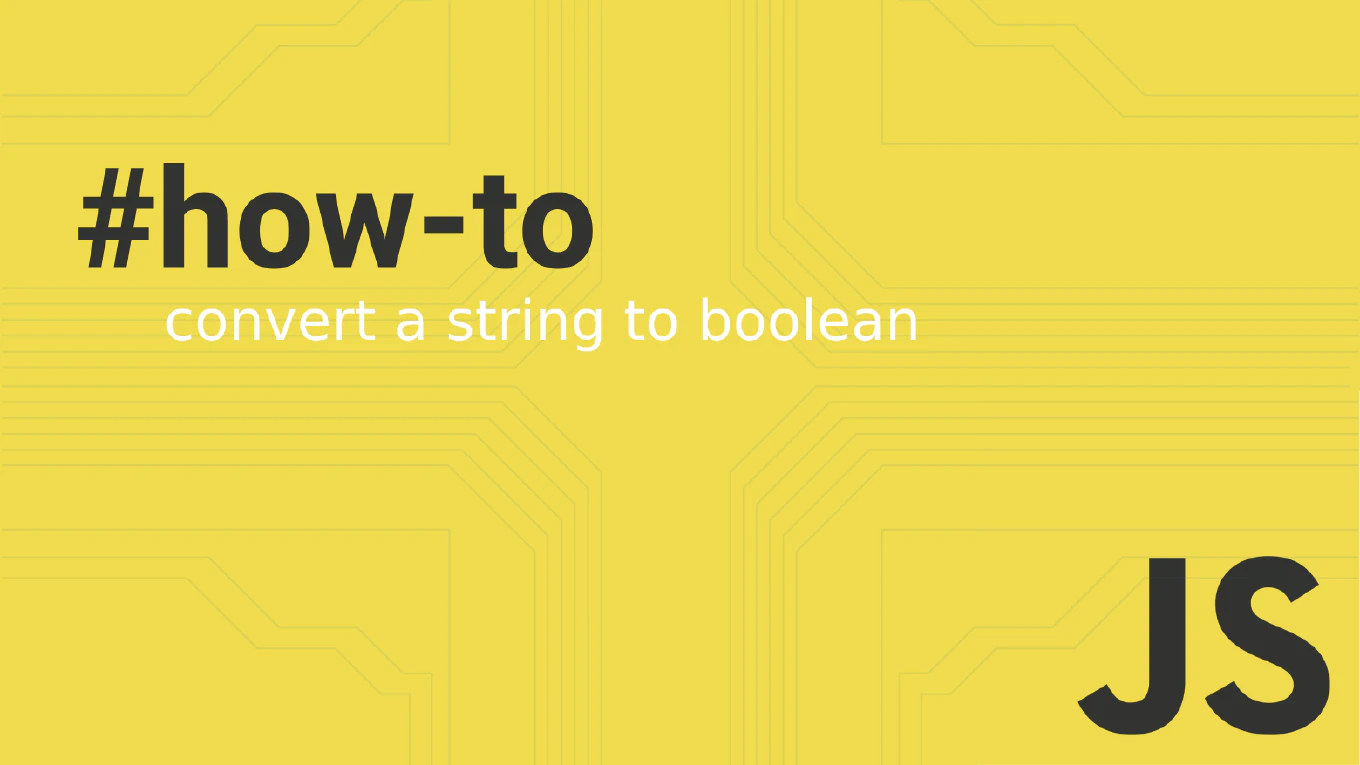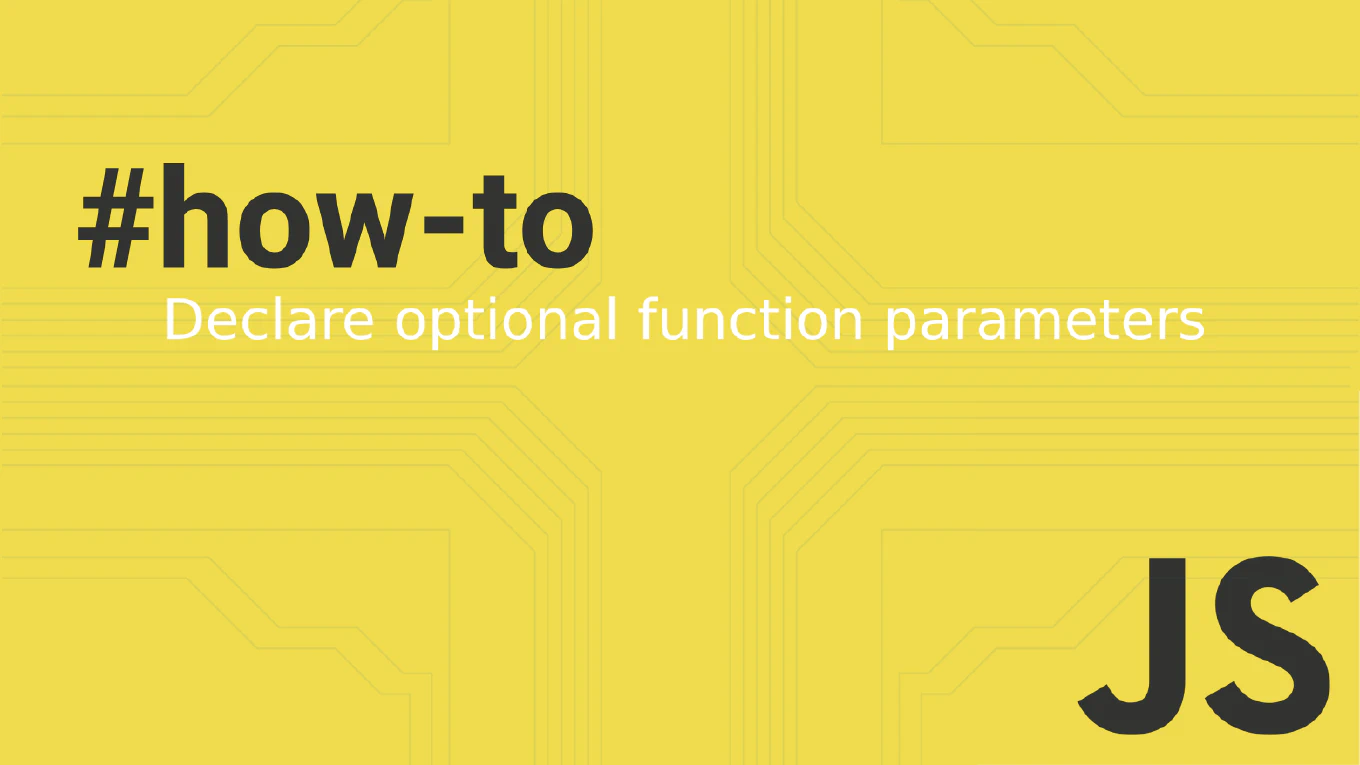How to check if a variable is a function in JavaScript
Checking if a variable is a function is essential for JavaScript applications that use callbacks, event handlers, or dynamic function execution patterns.
As the creator of CoreUI, a widely used open-source UI library, I’ve implemented function type checking in countless JavaScript utilities, event systems, and component APIs.
From my 25 years of experience in web development, the most straightforward and reliable approach is to use the typeof operator.
This method works consistently across all JavaScript environments and function types.
How to check if a variable is an object in JavaScript
Checking if a variable is an object in JavaScript requires careful consideration since arrays, null, and functions also return “object” from the typeof operator. As the creator of CoreUI, a widely used open-source UI library, I’ve implemented object type checking in countless JavaScript utilities and data validation functions. From my 25 years of experience in web development, the most reliable approach is to combine typeof with explicit checks for null and arrays. This method accurately identifies plain objects while excluding other object-like types.
How to use optional chaining in JavaScript
Using optional chaining in JavaScript safely accesses nested object properties and methods without throwing errors when intermediate values are null or undefined.
With over 25 years of experience in software development and as the creator of CoreUI, I’ve used optional chaining extensively for API response handling, configuration access, and defensive programming.
From my expertise, the most reliable approach is using the ?. operator to chain property access with automatic null checking at each level.
This ES2020 feature eliminates verbose null checking code while providing safe navigation through complex object structures.
How to use default parameters in JavaScript
Using default parameters in JavaScript functions provides fallback values when arguments are not supplied, creating more flexible and robust function interfaces. As the creator of CoreUI with over 25 years of JavaScript development experience, I’ve used default parameters extensively for API methods, configuration functions, and component initialization. From my expertise, the most effective approach is defining default values directly in the function parameter list using ES6 syntax for clean, readable code. This pattern eliminates the need for manual parameter checking and provides clear documentation of expected function behavior.
How to use for...in loop in JavaScript
The for…in loop iterates over enumerable properties of objects, providing access to property names for object inspection and manipulation. With over 25 years of experience in software development and as the creator of CoreUI, I’ve used for…in loops extensively for configuration processing, object validation, and dynamic property access. From my expertise, the most reliable approach is using for…in specifically for object property iteration while being aware of prototype chain inheritance. This loop type is essential for working with dynamic objects and configuration data where property names aren’t known in advance.
How to use for...of loop in JavaScript
The for…of loop provides a clean, readable way to iterate over iterable objects like arrays, strings, Maps, and Sets in JavaScript. As the creator of CoreUI with over 25 years of JavaScript development experience, I’ve used for…of loops extensively for data processing, UI rendering, and collection manipulation. From my expertise, the most effective approach is using for…of when you need to iterate over values rather than indices, providing cleaner syntax than traditional for loops. This ES6 feature simplifies iteration code while working seamlessly with modern JavaScript features like destructuring and async/await.
How to create a generator function in JavaScript
Creating generator functions in JavaScript enables lazy evaluation and controlled iteration, providing memory-efficient solutions for large datasets and complex iteration patterns.
With over 25 years of experience in software development and as the creator of CoreUI, I’ve used generators extensively for data streaming, pagination handling, and asynchronous control flow.
From my expertise, the most powerful approach is using the function* syntax with yield statements to create functions that can pause and resume execution.
This pattern provides elegant solutions for scenarios requiring on-demand value generation and stateful iteration.
How to use try-catch in JavaScript
Using try-catch blocks in JavaScript enables robust error handling that prevents application crashes and provides graceful failure management. As the creator of CoreUI with over 25 years of JavaScript development experience, I’ve implemented comprehensive error handling in countless production applications and component libraries. From my expertise, the most effective approach is wrapping potentially error-prone code in try blocks and handling exceptions in catch blocks with appropriate fallback strategies. This pattern ensures applications remain stable and provide meaningful feedback when unexpected errors occur.
How to set breakpoints in JavaScript
Setting breakpoints allows pausing JavaScript execution at specific lines to inspect variables, examine call stacks, and step through code for effective debugging.
With over 25 years of experience in software development and as the creator of CoreUI, I’ve used breakpoints extensively for troubleshooting complex logic, performance analysis, and understanding code flow.
From my expertise, the most versatile approach is using the debugger statement in code or setting visual breakpoints in browser developer tools.
These methods provide precise control over execution flow and comprehensive debugging capabilities.
How to debug in Chrome DevTools with JavaScript
Using Chrome DevTools for JavaScript debugging provides powerful inspection capabilities, breakpoint management, and real-time code analysis for effective troubleshooting. As the creator of CoreUI with over 25 years of JavaScript development experience, I’ve relied on Chrome DevTools extensively for debugging complex applications, performance optimization, and development workflow. From my expertise, the most effective approach is combining console logging, breakpoint debugging, and the Sources panel for comprehensive code inspection. These tools provide complete visibility into code execution, variable states, and runtime behavior.



